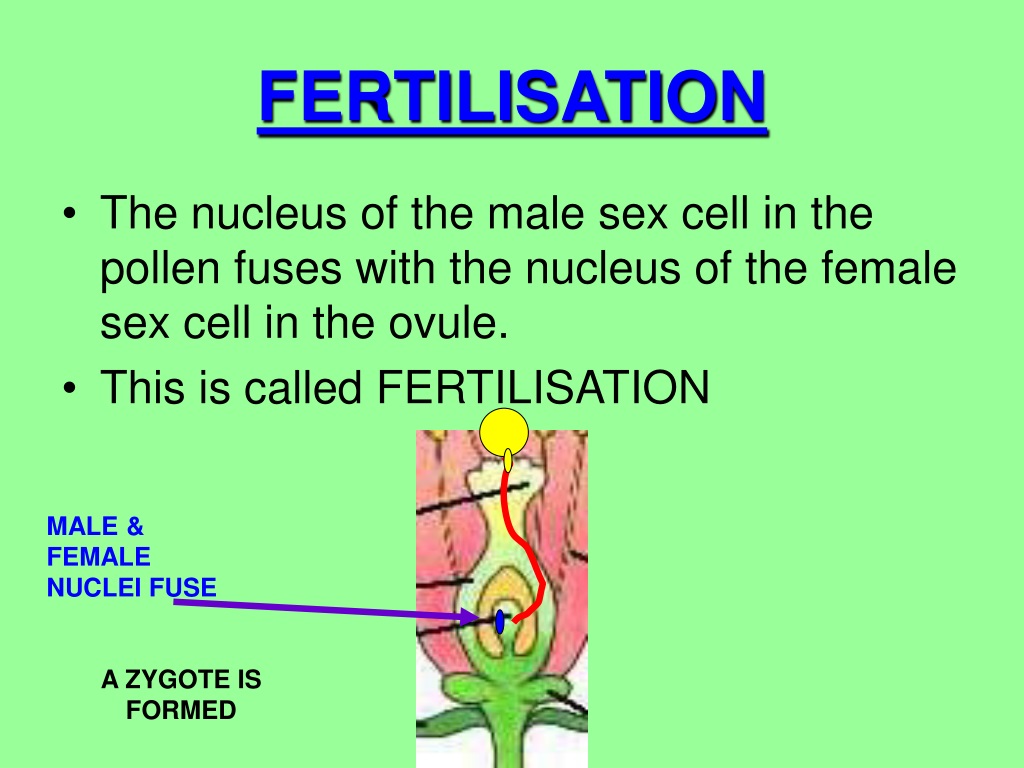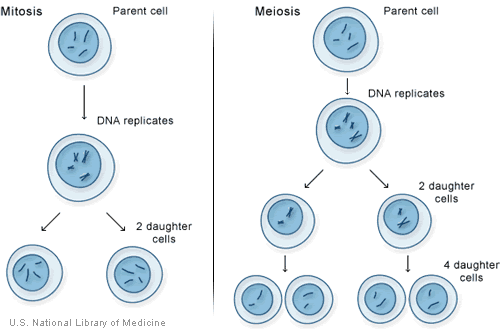

This prevents fertilization of an egg by more than one sperm. the enzymes cause the ZP2 to hydrolyse into ZP2f - making the whole matrix hard and impermeable to sperm. This in turn causes the glycoproteins in the zona pellucida to cross-link with each other - i.e. Cortical granules inside the secondary oocyte fuse with the plasma membrane of the cell, causing enzymes inside these granules to be expelled by exocytosis to the zona pellucida. Once the sperm cells find their way past the zona pellucida, the cortical reaction occurs. In other words, they too appear to undergo changes that help facilitate such interaction.

Recent studies have shown that the egg is not passive during this process. It may be regarded as a mechanism of kin selection. As a population, mature haploid sperm cells have on average 50% genome similarity, so the premature acrosomal reactions aid fertilization by a member of the same cohort. Some sperm cells consume their acrosome prematurely on the surface of the egg cell, facilitating the penetration by other sperm cells. This binding triggers the acrosome to burst, releasing acrosomal enzymes that help the sperm penetrate through the thick zona pellucida layer surrounding the oocyte, ultimately gaining access to the egg's cell membrane. A special complementary molecule (a receptor) on the cell surface of the sperm head binds to a ZP3 glycoprotein in the zona pellucida. Zona pellucida Īfter binding to the corona radiata the sperm reaches the zona pellucida, which is an extracellular matrix of glycoproteins.

The sperm must undergo capacitation in the female's reproductive tract, which increases its motility and hyperpolarizes its membrane, preparing it for the acrosome reaction, the enzymatic penetration of the egg's tough membrane, the zona pellucida, which surrounds the oocyte.
#An egg cell and sperm cell join together to form a series#
Sperm preparation įurther information: Acrosome reaction and CapacitationĪt the beginning of the process, the sperm undergoes a series of changes, as freshly ejaculated sperm is unable or poorly able to fertilize. Once the spermatozoon has entered, the peripheral portion of the yolk changes into a membrane, the perivitelline membrane, which prevents the passage of additional spermatozoa. Where the spermatozoan is about to pierce, the yolk ( ooplasm) is drawn out into a conical elevation, termed the cone of attraction or reception cone. The successful fusion of gametes forms a new organism.Ĭone of attraction and perivitelline membrane Fertilization occurs when the nucleus of both a sperm and an egg fuse to form a diploid cell, known as zygote. The sperm binds through the corona radiata, a layer of follicle cells on the outside of the secondary oocyte. The sperm will continue to swim towards higher concentrations of progesterone, effectively guiding it to the oocyte. Progesterone binds to the CatSper receptor on the sperm membrane and increases intracellular calcium levels, causing hyperactive motility. Capacitated sperm are attracted to progesterone, which is secreted from the cumulus cells surrounding the oocyte.

Anatomy Ampulla įertilization occurs in the ampulla of the Fallopian tube, the section that curves around the ovary. In Antiquity, Aristotle depicted the formation of new individuals occurring through fusion of male and female fluids, with form and function emerging gradually, in a mode called by him as epigenetic.


 0 kommentar(er)
0 kommentar(er)
